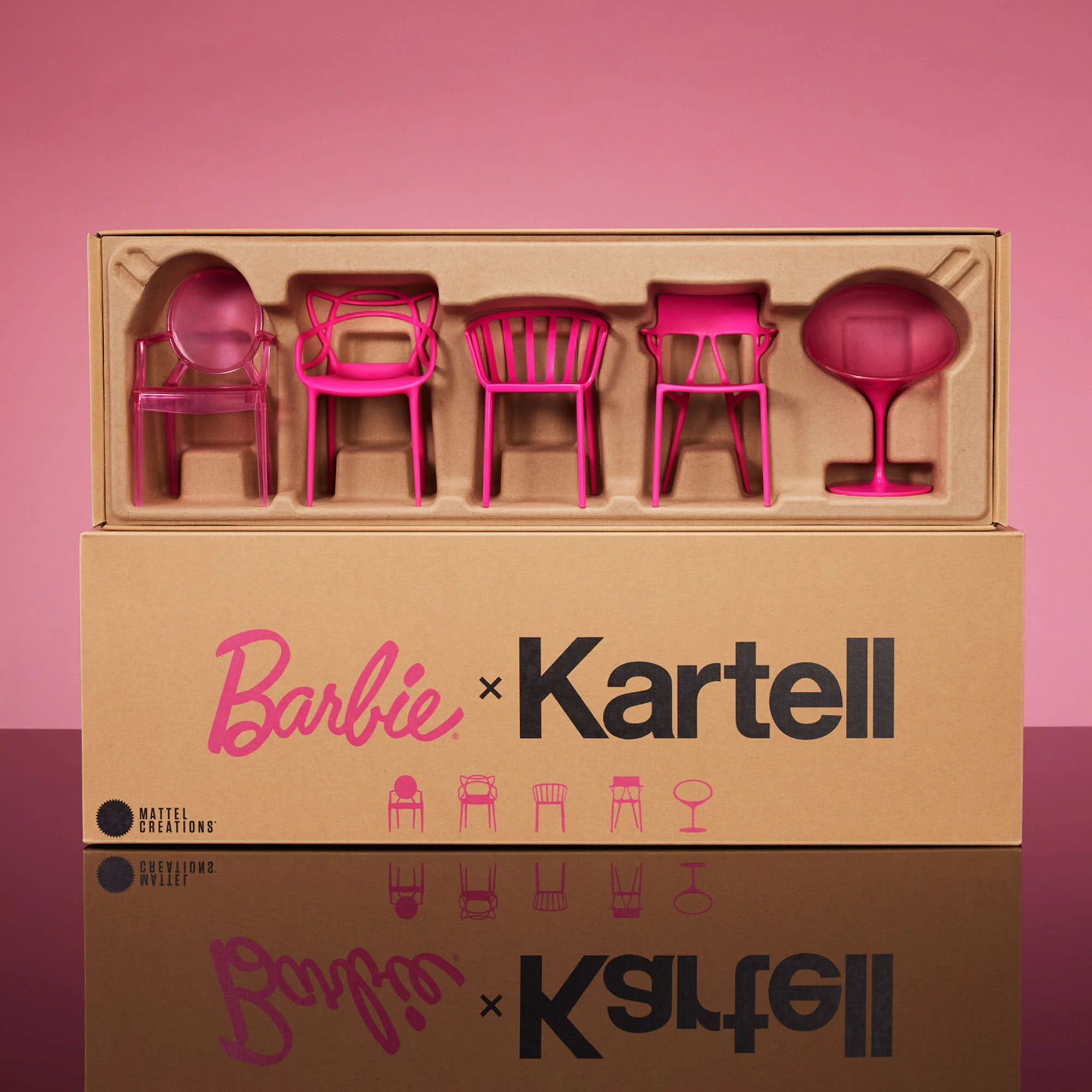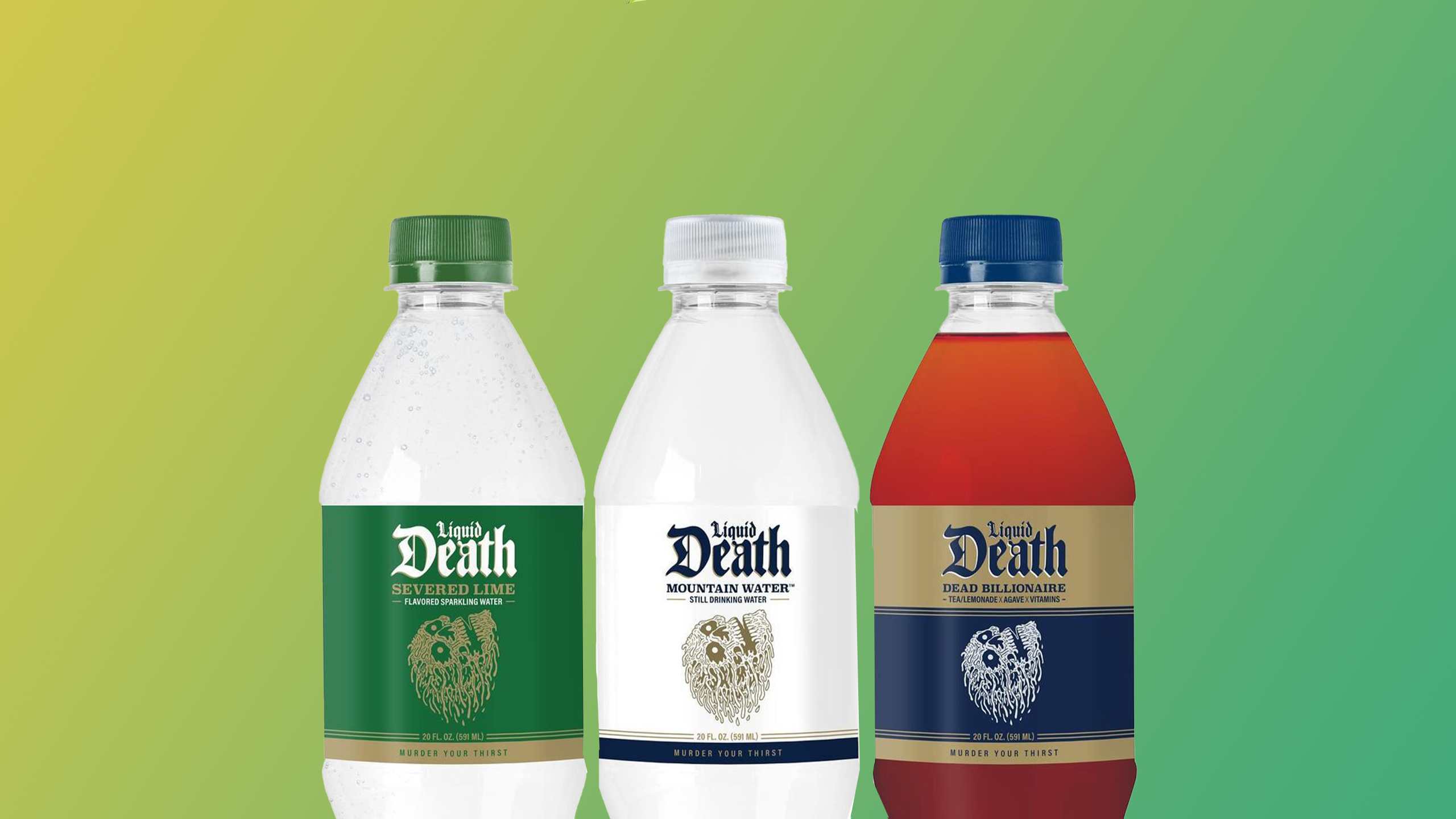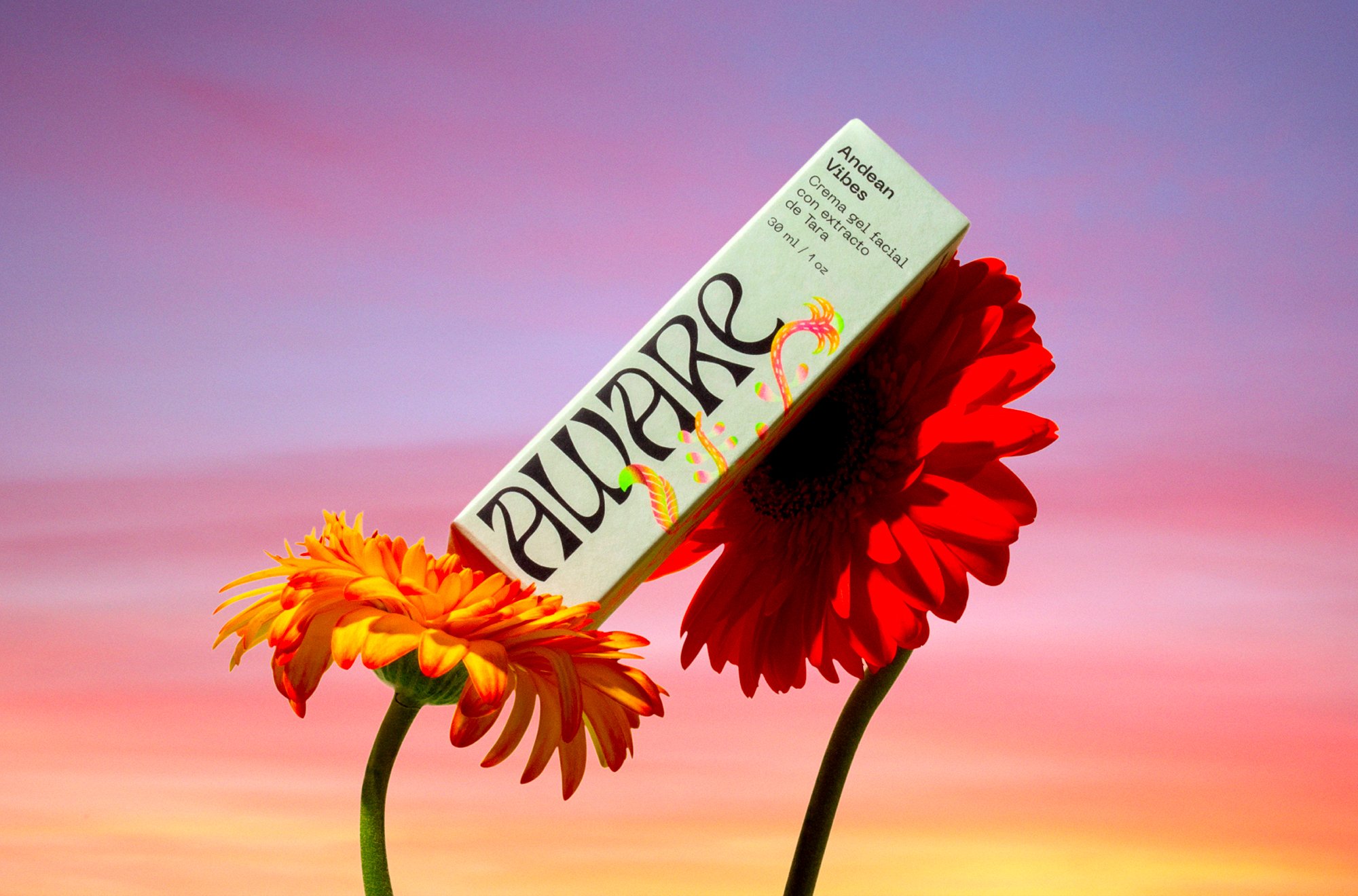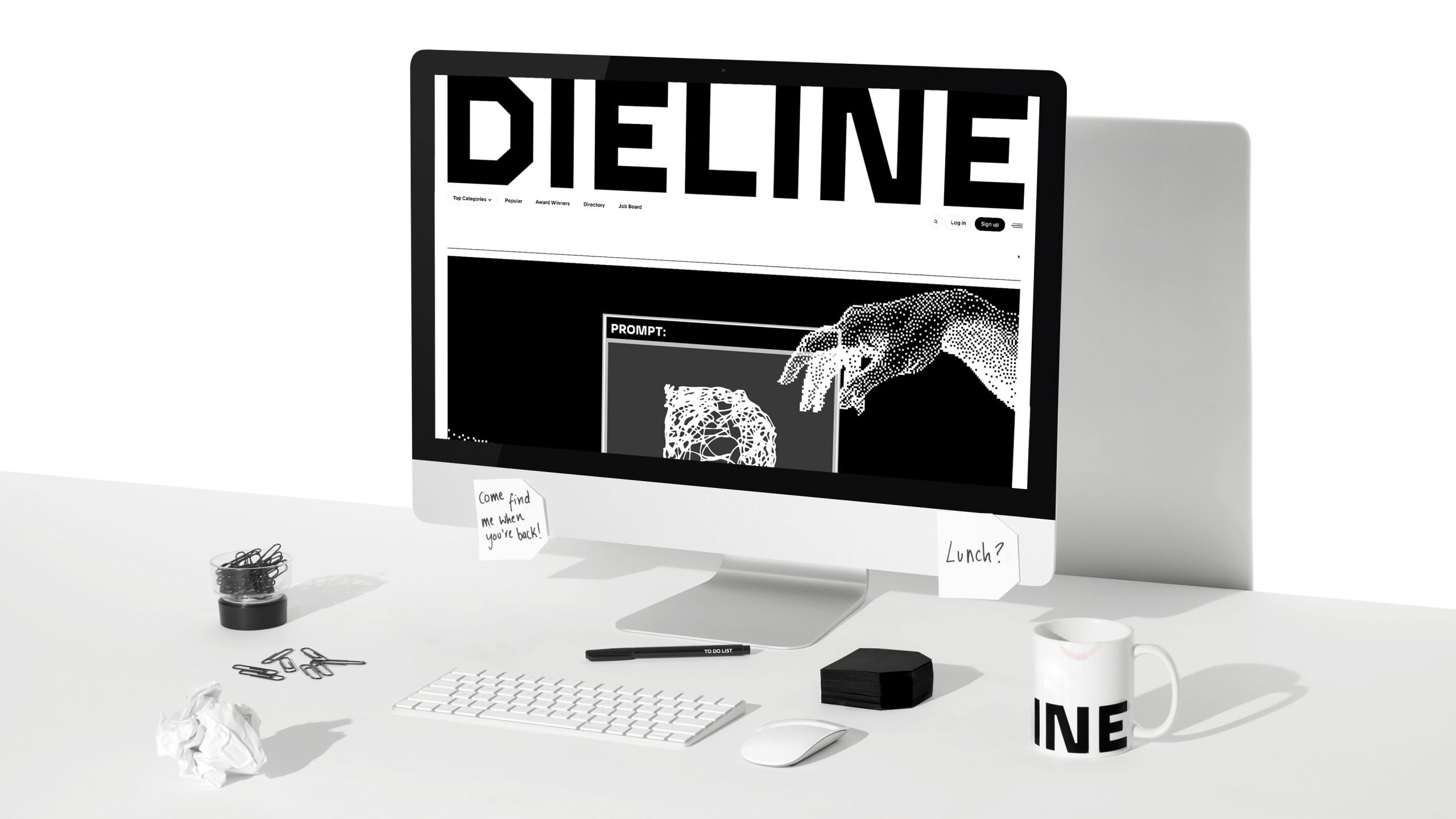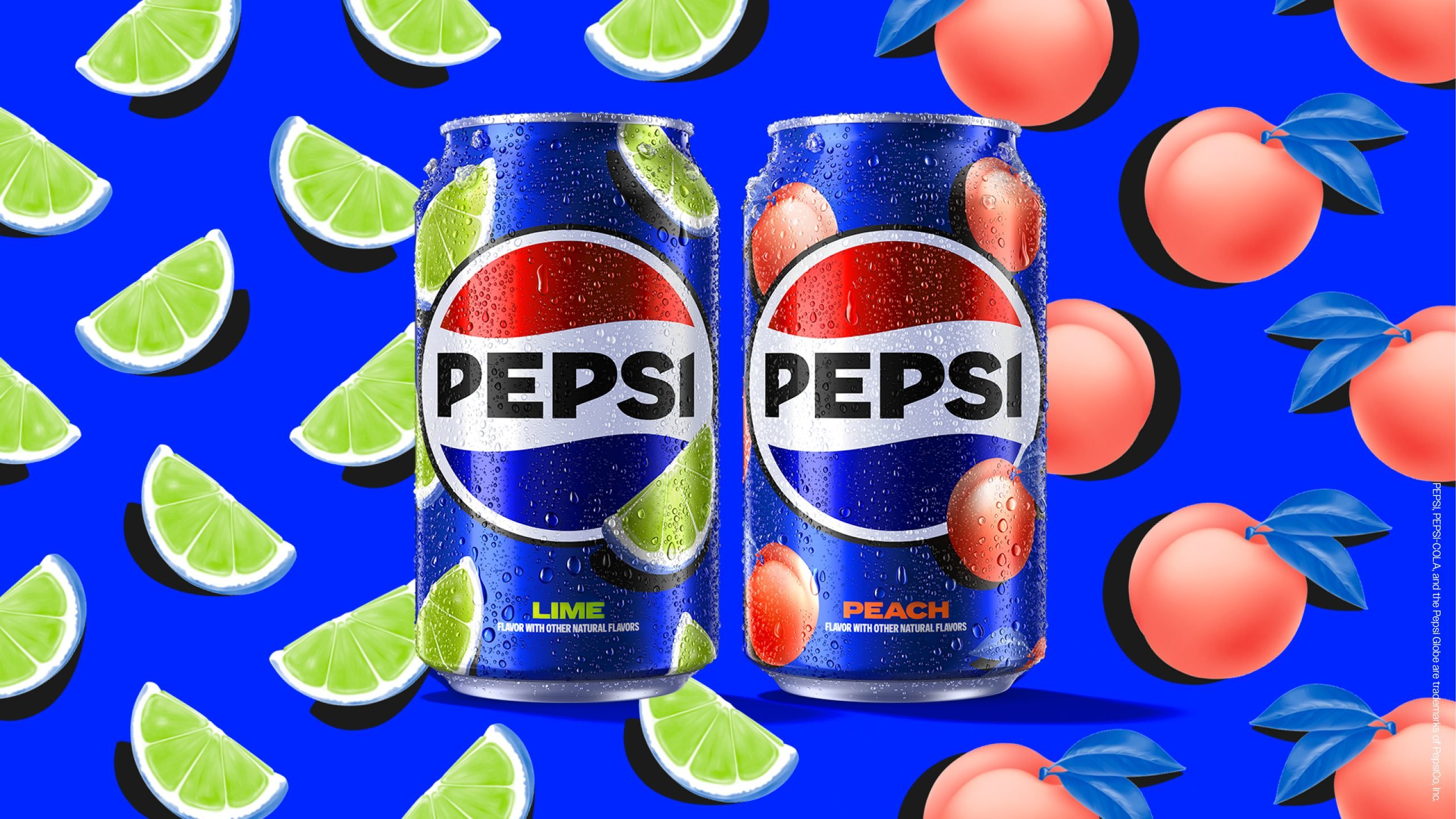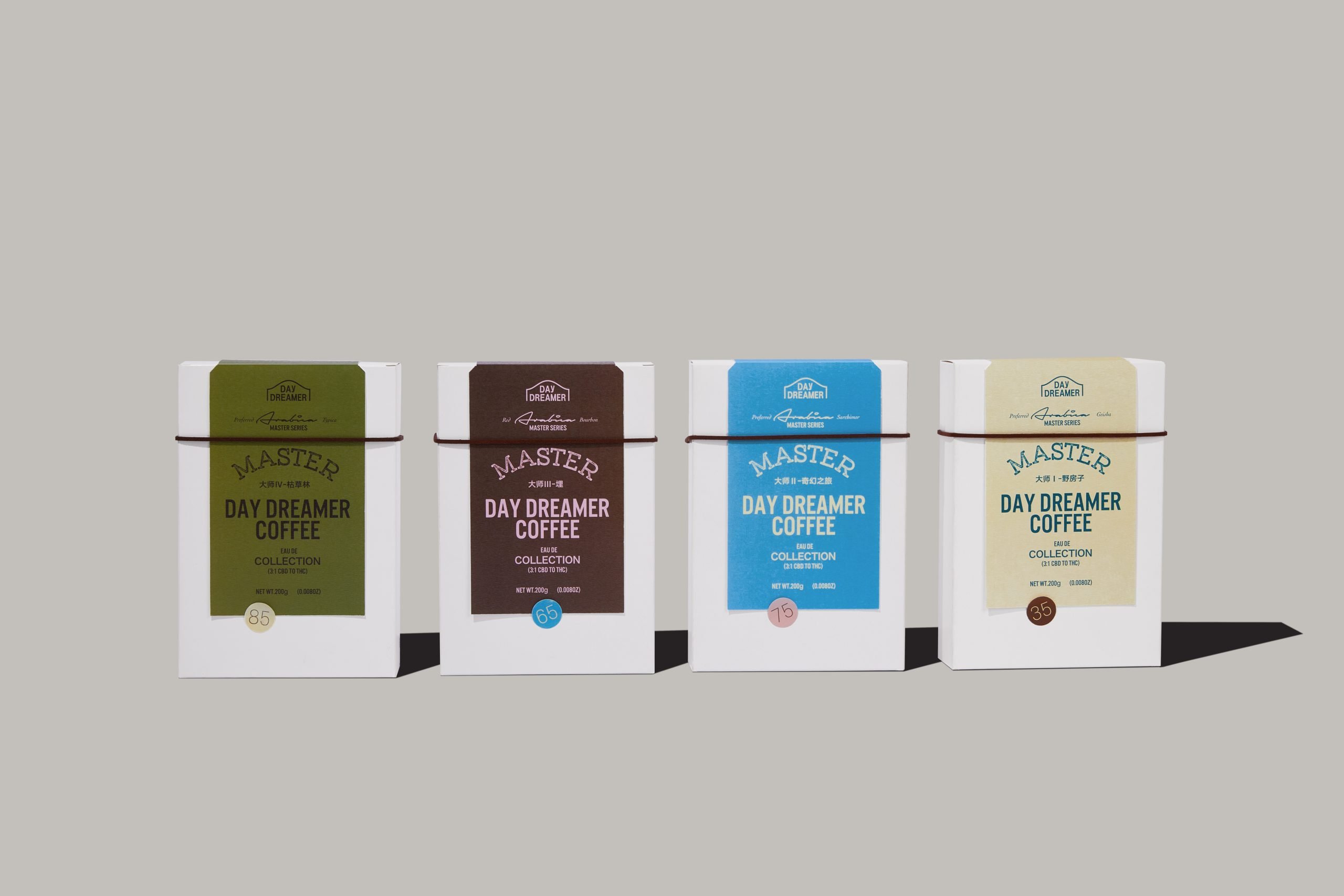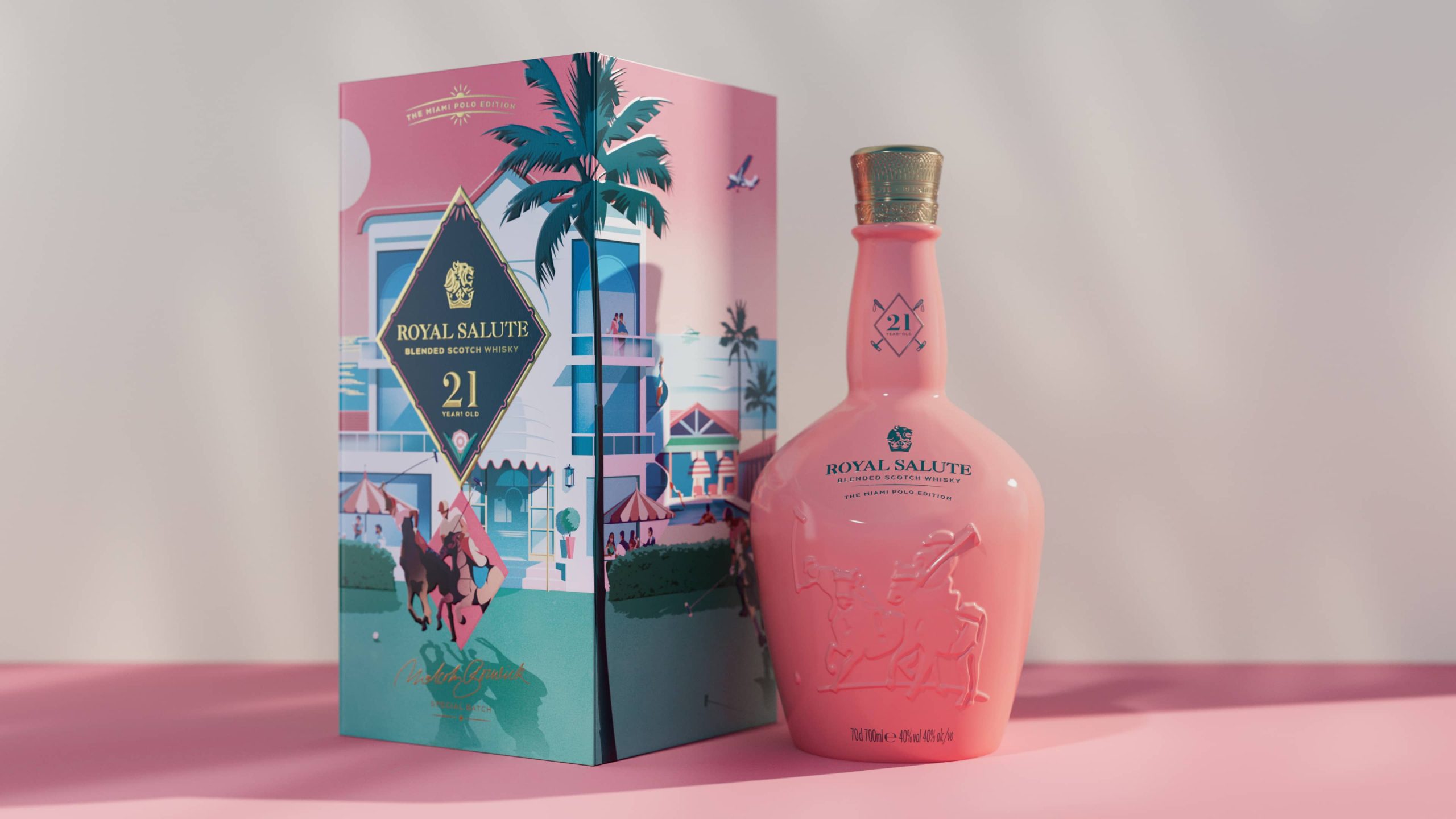Hand sanitizers have become one of the most sought after products in the COVID-19 crisis.
The unprecedented demand for it and its ensuing scarcity has seen everything from breweries to luxury perfumeries pivot to become critical producers of the commodity.
Yet, so precious has it become that people are ripping hand sanitizing dispensers off walls in public areas. Meanwhile, many hospitals worldwide go without decent provisions for the personal hand hygiene required by all of their essential workforces. Where the government is failing to address the deficit, businesses and communities have stepped in to create temporary solutions to the longer-term problem.
